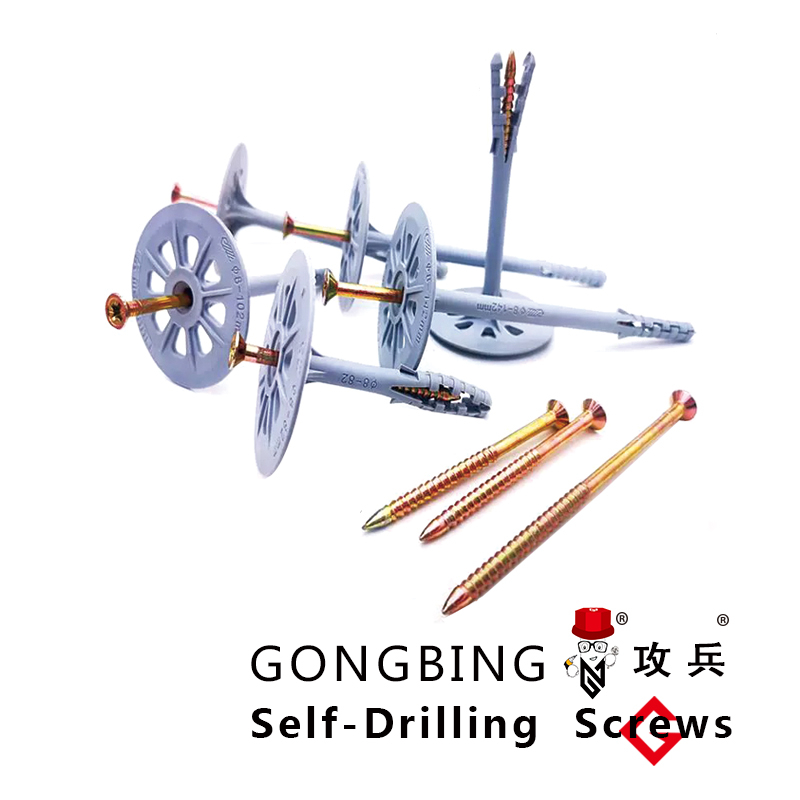Steel Cross Bracing Solutions for Enhanced Structural Stability and Resilience
Cross Bracing in Steel Structures An Overview
Cross bracing is a structural technique widely used in the construction of steel frames to enhance stability and strength. By employing diagonal members, cross bracing provides resistance to lateral forces, which is particularly crucial in areas prone to wind or seismic activities. This article explores the significance, types, benefits, and applications of cross bracing in steel structures.
What is Cross Bracing?
Cross bracing involves the installation of diagonal braces between vertical and horizontal structural elements of a frame. These braces create a triangular formation, which is effective in distributing loads and preventing deformation. When lateral forces such as wind or earthquakes act on a structure, the cross bracing helps to maintain its shape and integrity by channeling these forces through the braces to the ground.
Types of Cross Bracing
There are several types of cross bracing systems, each with its unique characteristics and applications
1. X-Bracing This is the most common form of cross bracing, where two diagonal members intersect to form an 'X' shape. This design efficiently counters tension and compression forces, providing significant lateral stability.
2. K-Bracing In K-bracing, diagonal members connect to a vertical member, resembling the letter 'K'. This configuration minimizes the amount of steel used while still providing adequate support, making it a cost-effective option.
3. V-Bracing V-bracing consists of two diagonal members that meet at a central vertical point. Although it may not be as effective as X-bracing, it is sometimes preferred for aesthetic reasons or in applications with specific architectural requirements.
4. Chevron Bracing Similar to V-bracing, chevron bracing uses diagonal members that angle downward towards the base of the structure. This design promotes efficient load transfer and is often found in modern steel buildings.
Benefits of Cross Bracing
The advantages of cross bracing are manifold and contribute significantly to the performance of steel structures
cross bracing steel

- Increased Stability Cross bracing enhances the lateral stability of structures, particularly in areas subject to dynamic forces. This is essential for skyscrapers, bridges, and other tall structures.
- Weight Reduction The use of cross bracing allows for lighter frames as it provides strength without excessively increasing the overall weight of the building. This reduction in weight can lead to material savings during construction.
- Versatility Cross bracing can be integrated into various architectural designs, making it a flexible choice for builders and architects
. It can be used in both industrial and residential applications.- Cost-Efficiency By reducing the amount of steel required and improving overall structural integrity, cross bracing often results in lower construction and maintenance costs.
Applications of Cross Bracing
Cross bracing is prevalent in various sectors, including
- High-Rise Buildings Engineers extensively use cross bracing in the design of skyscrapers to ensure they can withstand high winds and seismic activity.
- Bridges Many bridge designs incorporate cross bracing to enhance load distribution and provide additional support to the structure.
- Industrial and Warehouse Facilities Large, open spaces require robust structural support, and cross bracing is often utilized to keep these facilities stable and safe.
- Residential Structures Some residential designs adopt cross bracing for aesthetic purposes as well as structural integrity, providing a unique and modern look.
Conclusion
Cross bracing is an essential technique in steel construction, offering enhanced stability, cost savings, and design versatility. As cities continue to grow upwards and outwards, the role of cross bracing will undoubtedly remain vital in ensuring that structures can safely withstand the forces of nature while meeting the demands of modern architecture. Understanding and implementing effective cross bracing strategies is crucial for architects, engineers, and builders aiming to create safe and sustainable buildings.
-
Weatherproof Plastic Expansion Anchors for OutdoorNewsJun.06,2025
-
Sustainability in the Supply Chain: Eco-Friendly TEK Screws ProductionNewsJun.06,2025
-
Load-Bearing Capacity of External Insulation FixingsNewsJun.06,2025
-
Double Head Bolts: Enhancing Efficiency in Industrial MachineryNewsJun.06,2025
-
Corrosion Resistance in Chipboard Screws: Coatings for Wholesale DurabilityNewsJun.06,2025
-
Butterfly Toggle Bolts : Enhancing Structural ResilienceNewsJun.06,2025
